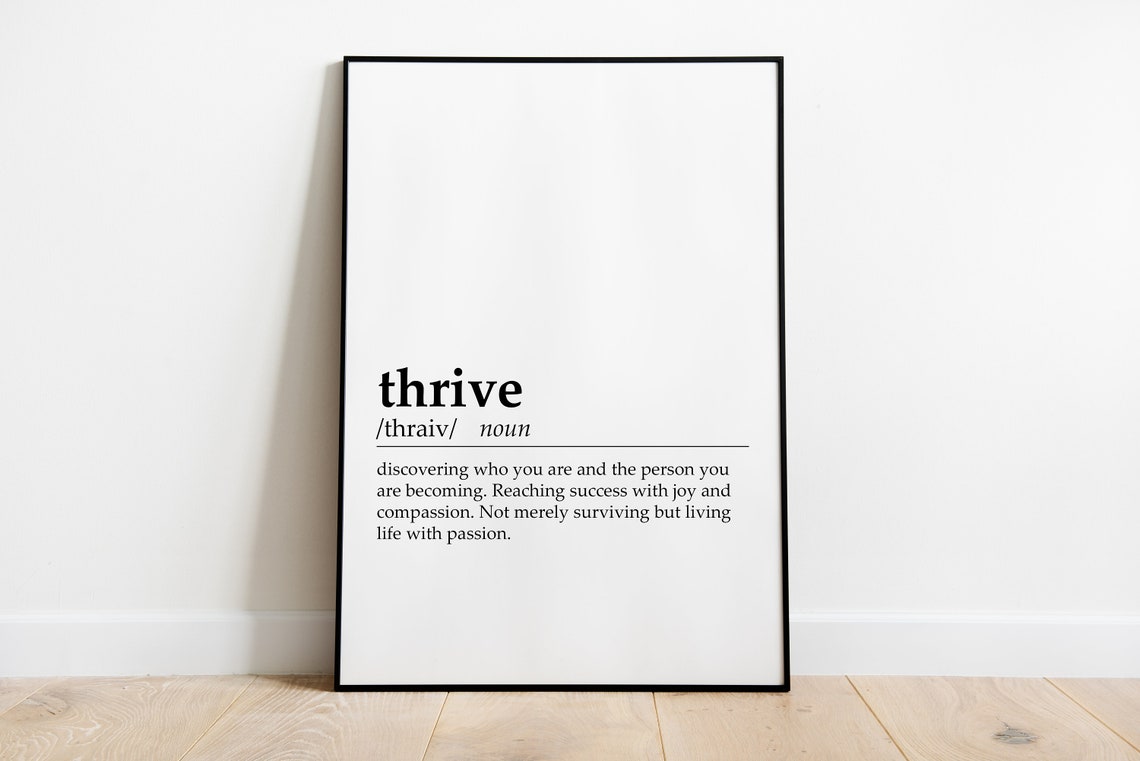
The more people are going to refuse to engage in change for fear of struggle. The more we say that change walks hand in hand with pain, the less people are going to seek to change, or to be willing to change. Change is painted as an arduous journey, as an inevitable struggle. Too many self-development guides put too much stress on the pain, the discomfort, of change. Instead, by taking hold of ourselves and of the change we seek to make, we can thrive in transformation. It’s this that I would suggest we do: take hold of ourselves, own our intentions, and grow, develop, and change well.Īs I outlined in a previous article on consistency, we don’t need to struggle or persevere through change.

In some cases, back in Old Norse, thrive means ‘to take hold of oneself’. With an intention, we stretch out to an aspiration when we thrive, we are taking hold of it. It’s vaguely reminiscent of the ancient meaning of intention – stretching out – that I covered in a previous article. Yet, the word’s root comes from Old Norse – the language spoken in ancient Scandinavia – in which it had the meaning of to grasp, clutch, grip, or to take hold of. Dictionaries today give ‘to grow or develop well’ as thrive’s primary meaning. Yet, the word’s etymology – its history – points to a meaning that’s quite different, and perhaps even lovelier. With its sense of health and activity, fertility and beauty, it points toward a holistic vision of individuals and communities flourishing in their environment. The verb ‘to thrive’ is one that has become quite in vogue – uniting organic cafes, horticultural charities, and sites for health and well-being advice.


Here’s HOW You Can Thrive through Change.


 0 kommentar(er)
0 kommentar(er)
